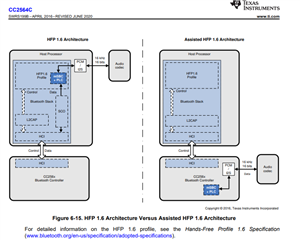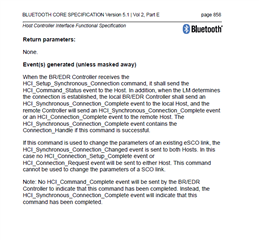Other Parts Discussed in Thread: WL1831
Hi, we are trying to replace our old BT controller WL1831 with CC2564C, our board is based on a Jacinto running Android 8.0. Do you have an integration guide that can help us with this task?
Thanks in advance.
Mariano



